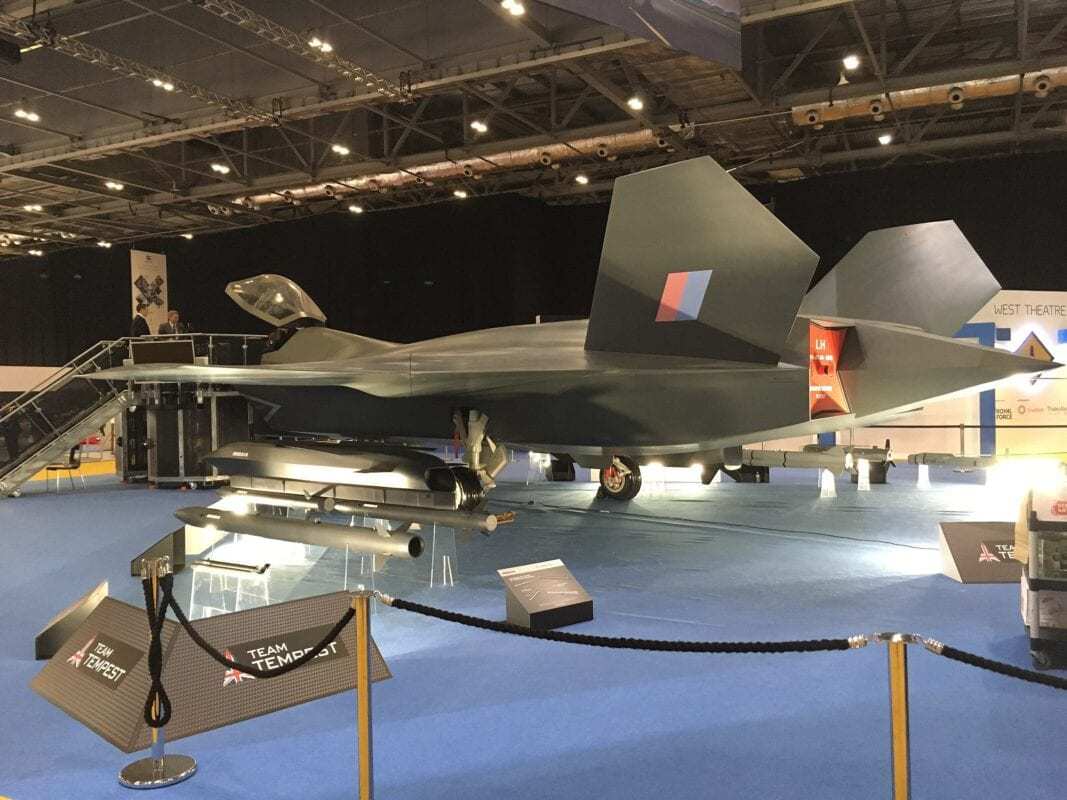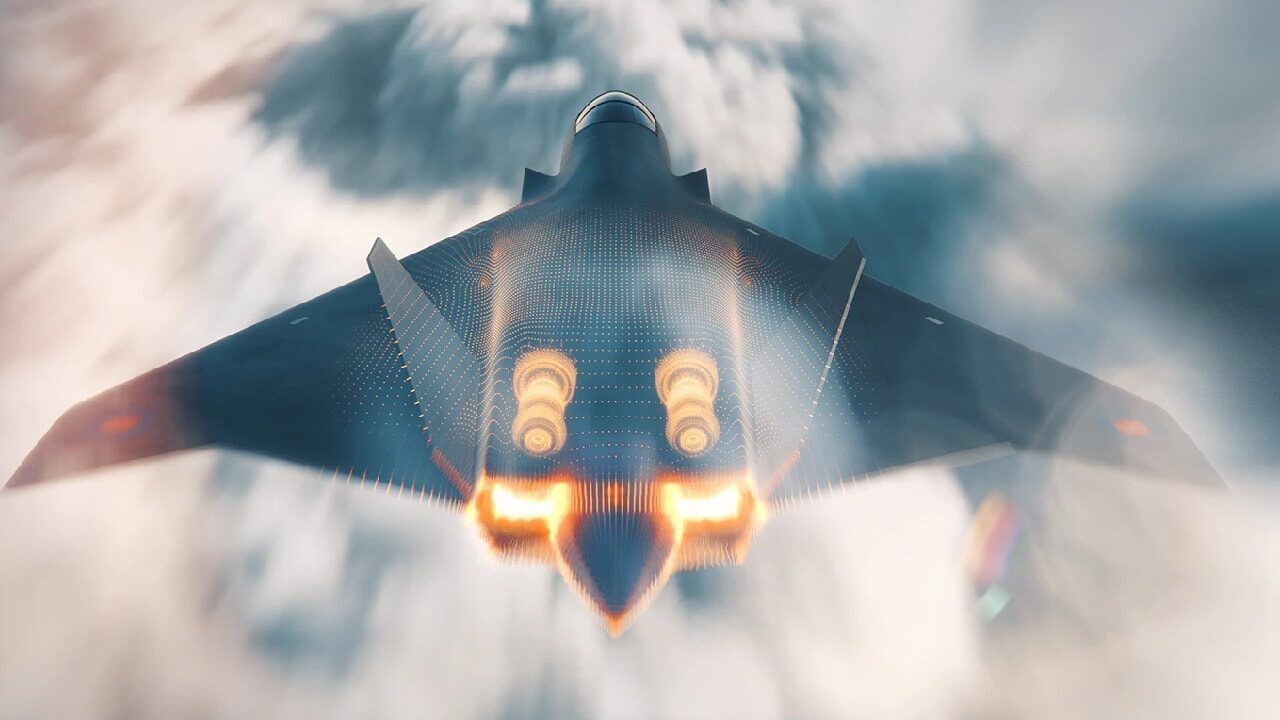Fifth-generation fighter planes are still relatively new. In fact, these warbirds have yet to be blooded in air-to-air combat against manned aerial adversaries, although the Israeli Air Force has used its F-35I “Adir” (“Mighty One”) warplanes against Iranian unmanned aerial vehicles and ground targets. Yet several nations are already pursuing the next step in the air-combat technology race: sixth-generation fighters. Among the leading contenders in this never-ending race is Great Britain’s prospective Tempest jet fighter.
Another Tempest
The film industry loves a sequel, and the same goes for military aircraft naming conventions. The Tempest takes her name from the Hawker Tempest fighter, a propeller-driven WWII predecessor. And just as that old-school Tempest replaced the Hawker Typhoon fighter-bomber, this new Tempest, if all goes according to plan, will replace the Eurofighter Typhoon.
(Random Deep Thought For The Day: Given the Brits’ well-known love for afternoon tea, are they trying to stir up an aerial tempest in a teapot?)
Also known as the Future Combat Air System, or FCAS, the ambitious project began in 2018. It is being developed jointly by the British, Swedish, and Italian air forces and their respective contractors, BAE Systems, SAAB, and Leonardo. The Japanese Air Self-Defense Force is also involved in a limited capacity. Other contractors involved include Collins Aerospace, MBDA, and Rolls-Royce (who produced the Merlin Rolls-Royce engine for the iconic P-51D Mustang WWII fighter).
As stated on the BAE Systems official website:
“We are working on development of what this future combat air system, with a future combat aircraft at its core, will need to look like in the 2030s, 2040s and beyond. This is why we talk about the development of a whole ‘system’ rather than a ‘platform’ or ‘aircraft’. We believe that ‘information advantage’ will be at the centre of this combat air system vision – with platforms across all domains being able to seamlessly exchange and interpret huge amounts of data to provide armed forces with a complete picture of that future battlespace. We see a connected, agile, flexible future combat aircraft as a central commander within that wider system, able to interact with all other domains to provide a powerful and unique capability.”
What Does Her Majesty’s Government Think?
Royal Air Force Air Commodore Jonny Moreton, the RAF’s director of the FCAS programme, said in September 2021, “The purpose of this phase is to look at the progress, make an assessment. And then in late 2025, go to our governments, U.K., Italy, Sweden — and potentially Japan — and say, ‘This is the program. This is what we can deliver…This accelerated timeline is one of the program’s primary focuses. One of the goals is to break the 40-year cycle where something is conceived, developed and built and after it’s in the air 20 years, start thinking about what comes next, and then wonder, ‘Where did my industrial expertise go?’”
Meanwhile, Air Commodore Jez Holmes, head of the RAF Rapid Capabilities Office, said that about 2,000 workers are already engaged in development across some 300 companies or institutions, adding that they have made huge progress.
“It was really important from a U.K. perspective to ensure that we built up again those design skills that are so important to being at the heart of generating capability,” Holmes said.

A mock-up of the Tempest in 2019.
The FCAS program is aiming for a 10-to-15-year development cycle. It hopes to send the Tempest aircraft on its maiden flight by 2035. Military R&D projects often fall behind schedule, but Yours Truly has a hunch that the Brits’ program will go a lot more smoothly than has been the case with, say, Russia’s Su-57 stealth fighter program.
Christian D. Orr is a former Air Force officer, Federal law enforcement officer, and private military contractor (with assignments worked in Iraq, the United Arab Emirates, Kosovo, Japan, Germany, and the Pentagon). Chris holds a B.A. in International Relations from the University of Southern California (USC) and an M.A. in Intelligence Studies (concentration in Terrorism Studies) from American Military University (AMU). He has also been published in The Daily Torch and The Journal of Intelligence and Cyber Security. Last but not least, he is a Companion of the Order of the Naval Order of the United States (NOUS).

